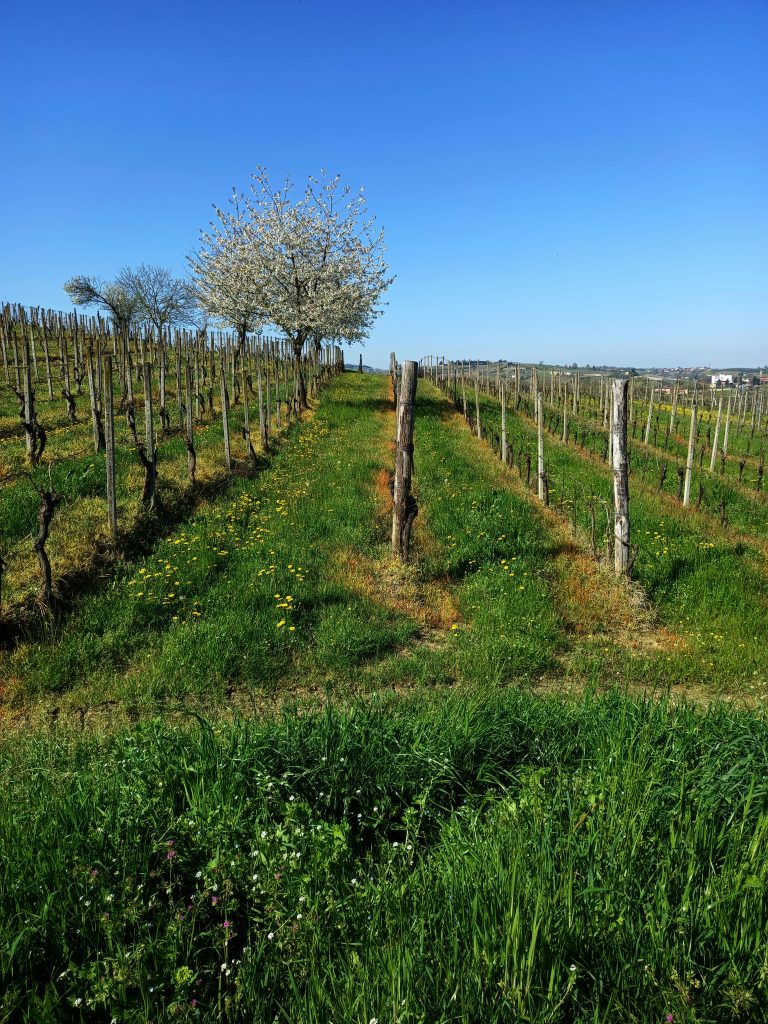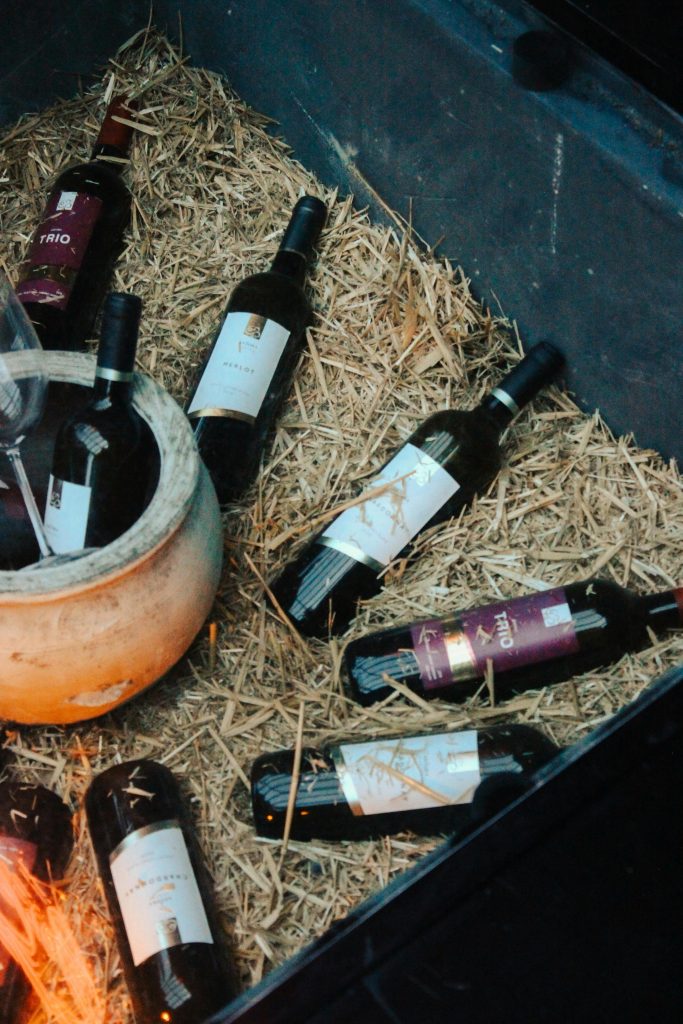
Let’s be honest: wine is more than just fermented grape juice. It’s stories, passion, heritage, and care—all bottled up and waiting for the perfect moment to be uncorked. And if you’ve ever had a wine that made you pause, smile, or feel something bigger than just taste, chances are it was made with a little something extra.
Call it what you want: passion, attention, or magic. But in the wine world, we like to call it TLC—Tender Loving Care.
This isn’t a scientific winemaking term. You won’t find “TLC” on a tasting wheel or in a sommelier textbook. But if you ask a winemaker, a sommelier, or even a devoted wine lover what makes a wine truly memorable, they’ll likely mention the heart, soul, and care behind it. That’s TLC.
In this article, we’re diving into what TLC means in the world of wine—from vineyard to cellar to table—and why it makes all the difference. So grab a glass, get comfy, and let’s explore the gentler side of wine.

What Does TLC Mean in the Context of Wine?
“TLC” in wine isn’t just a cute phrase. It’s shorthand for everything that involves thoughtful, hands-on attention throughout the wine’s life cycle. That means:
- Grape-growing with care for the land
- Harvesting at just the right time
- Gentle, low-intervention winemaking
- Patient aging and proper storage
- Mindful service and tasting
Wine is alive. It changes, evolves, and even has moods depending on how it’s treated. Wines that are given TLC—from the vines to the table—often show more character, more complexity, and frankly, more love.
Think of it like this: the same grape variety grown in two vineyards, made by two different producers, can taste wildly different. The difference? It often comes down to how much heart and hands-on attention went into it.
The Vineyard: Where TLC Begins
Before there’s even a grape to ferment, there’s the vineyard. And this is where true TLC shines.
A vineyard treated with love isn’t just well-trimmed and irrigated. It’s a place where growers know their vines like old friends. They walk the rows daily, notice small changes. Also, they adjust their care based on weather, soil conditions, and even the personalities of the plants.
Here’s how TLC shows up in the vineyard:
- Hand harvesting over machine picking to avoid bruising delicate grapes
- Cover cropping to naturally enrich the soil without chemicals
- Pruning decisions made vine-by-vine, not in bulk
- Biodynamic or organic farming methods, respecting nature’s rhythms
- Harvest timing based on taste and intuition, not just sugar levels
Some producers go even further, talking to their vines or playing music in the vineyard. Is that a little out there? Maybe. But does it work? Many would say yes.

In the Cellar: Where TLC Gets Technical
Once grapes are picked, it’s time for the winemaking stage. This is where things get really interesting. A winemaker has hundreds of decisions to make—from fermentation temperature to oak usage to how often they stir the lees.
Winemakers who put heart into their process often go beyond what’s necessary. They check on fermentations daily (sometimes even hourly). Also, they taste constantly.
Instead of rushing wines to market, they give them time. Wines made with TLC are often aged longer than required—whether in barrel, tank, or bottle. And when they’re finally released? They’re ready. Not because a spreadsheet said so, but because the wine itself said so.
Handling and Storage: TLC Continues Long After Bottling
Even the best-made wine can be ruined by careless storage or rough handling. This is where TLC shifts from the producer to the consumer.
Here’s the truth: wine is fragile. Light, heat, vibration, and even strong odors can mess with a wine’s flavor. That’s why bottles need proper care—even at home.
Ways to show your wine some post-bottling TLC:
- Store bottles on their side (especially cork-closed wines)
- Keep wine at a steady temperature, ideally between 12–16°C (55–60°F)
- Avoid sunlight and fluorescent lights
- Let wine rest after transport—yes, even after a car ride
- Use a decanter or aerator to let the wine breathe
Opening a bottle and pouring it with thoughtfulness—at the right moment, in the right glass—can be the final act of TLC that brings a wine to life.

A Table of TLC: Comparing High-Touch and Low-Touch Wine Practices
To make the contrast even clearer, here’s a simple table that shows how TLC changes the winemaking process:
| Aspect | Low-Touch/Industrial Wine | High-TLC Wine |
|---|---|---|
| Vineyard Care | Mechanized, uniform treatments | Individual vine attention |
| Harvesting | Machine-harvested | Hand-picked at optimal ripeness |
| Fermentation | Automated, fast-tracked | Monitored manually, slower process |
| Aging | Short, rushed to market | Patient aging in barrel or bottle |
| Additives | Multiple stabilizers, flavor enhancers | Minimal intervention, natural expression |
| Bottling | High-speed, large batches | Small lots, often bottled by hand |
| Storage & Handling | Bulk warehouses | Temperature-controlled cellars |
| Final Experience | Consistent but generic | Expressive, memorable, full of character |
This doesn’t mean that large-scale wines are “bad.” But when you’re looking for something special—a wine that speaks to you—it’s usually the one made with care and intention.
TLC Isn’t Just for Red Wines
Some people think that only bold reds get the royal treatment. Not true! TLC can be found in every wine style:
- Whites: Gentle pressing, lees aging, and careful oak integration can create complex, creamy white wines.
- Rosés: Light, fresh rosés made by passionate producers can be just as expressive and layered as any red.
- Sparkling: Traditional method bubbles (like Champagne) involve years of aging and riddling—true labors of love.
- Dessert wines: Ice wines, late harvests, and botrytized styles require insane amounts of patience and risk.
- Natural wines: Often made with minimal intervention but maximum attention to detail.
So no matter your style, there’s always room for some wine TLC.
When Wine Feels Different: Real Moments with TLC Wines
We’ve all had those wine moments.
You sip. Pause. You smile.
Sometimes it’s the setting. Other times it’s the company. But often, it’s the wine itself—something about it just feels alive, authentic, and real. It leaves an impression. And it’s almost always one of those bottles made with TLC.
Maybe it was that small-producer Syrah you stumbled upon in a French village. Or that handmade Portuguese Vinho Verde that tasted like pure summer. Or that dusty bottle a friend saved for years before finally opening it with you.
These aren’t just wine experiences. They’re memories.
TLC in Wine Culture Around the World
Different wine cultures have their own ways of expressing TLC. Here are just a few examples:
- France: Generations of vignerons tending the same vineyards, often by hand.
- Italy: Family-run estates where passion trumps automation.
- Portugal: Traditional foot-treading of grapes in lagares.
- Georgia: Qvevri winemaking—burying clay vessels underground for natural aging.
- USA: Boutique producers in California and Oregon doing small-batch, artisanal work.
- South Africa: A growing wave of low-intervention winemakers prioritizing quality over quantity.
TLC isn’t exclusive to any one region. It’s a mindset, a commitment, a way of doing things slowly—and right.
How to Find Wines Made with TLC
Want to seek out wines made with care and heart? Here are a few tips:
- Look for small producers. Not always, but often, these wines are made in smaller quantities with more attention.
- Check the label. Words like “hand-harvested,” “estate-grown,” or “unfiltered” can be good indicators.
- Ask your wine shop. Good staff can point you to producers that go the extra mile.
- Visit wineries. Nothing beats seeing it with your own eyes—walk the vineyard, talk to the maker.
- Follow your palate. If a wine makes you feel something, trust it. TLC is hard to fake.
Why TLC Matters—Now More Than Ever
In a world where everything feels rushed, wine gives us a reason to slow down. But only if the wine itself was made that way. TLC matters not just for flavor, but for connection. Connection to the earth, to people, to tradition, and to moments that actually mean something.
And with the wine industry becoming more global, more commercial, and more automated, those small pockets of heart-driven winemaking are worth protecting.
They’re where the soul of wine lives.

TLC in Wine Labels: Tributes and Vineyard Names
While “TLC” often stands for “tender loving care” in the wine world, the acronym can also carry other meanings depending on the label. For instance, TLC Wines has been used as a heartfelt tribute to Ted Leroy Crawford, with the initials honoring his memory. In another case, The Lost Corner is a vineyard name that appears on wines from remote or lesser-known regions, such as Valle Pradinhos in northeastern Portugal. So, depending on the bottle, “TLC” might refer to the winemaking approach, a special person, or even a hidden gem of a vineyard.
Final Drop: Give Your Wine (and Yourself) Some TLC
Whether you’re a casual wine drinker or a total cork dork, showing some TLC makes wine better. Not just in the vineyard or winery—but in your own life. Take the time to learn about what’s in your glass. Choose bottles with a backstory. Pour with intention. Share with people who matter.
Because when wine is made with TLC, and enjoyed with TLC, it becomes unforgettable.
So next time someone asks you what your favorite wine is, don’t just name the bottle. Tell the story. Talk about the winemaker. Remember the moment. And think about the idea that care—real, hands-on, heart-forward care—is what turns good wine into great wine.